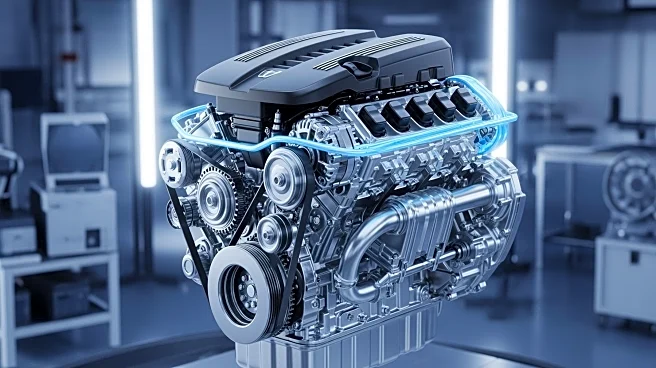What's Happening?
Mazda's exploration of the Miller-cycle engine represents a unique approach to enhancing engine efficiency and power. Originally intended for Mazda's luxury sub-brand Amati, the Miller-cycle engine debuted
in the 1995 Mazda Millenia sedan. This supercharged 2.3-liter V6 engine delivered 210 horsepower and torque, offering approximately 50% more power than traditional engines. The Miller cycle, invented by Ralph Miller, improves efficiency by altering valve operations during the compression stroke, providing a 15% boost over conventional engines.
Why It's Important?
Mazda's use of the Miller-cycle engine demonstrates innovation in automotive engineering, focusing on efficiency and performance. This approach aligns with industry trends towards sustainable and efficient vehicle technologies. By leveraging unique engine cycles, Mazda contributes to the broader conversation on reducing emissions and improving fuel economy, potentially influencing future automotive designs.
What's Next?
Mazda may continue to explore advanced engine technologies, integrating them into new models to enhance performance and sustainability. The success of the Miller-cycle engine could inspire other manufacturers to investigate alternative engine cycles, fostering innovation in the automotive sector.
Beyond the Headlines
The Miller-cycle engine highlights the potential for engineering creativity to address environmental challenges. It underscores the importance of exploring diverse technological solutions to meet evolving consumer demands and regulatory requirements.












